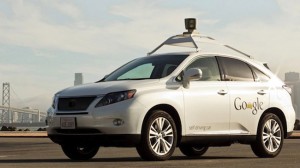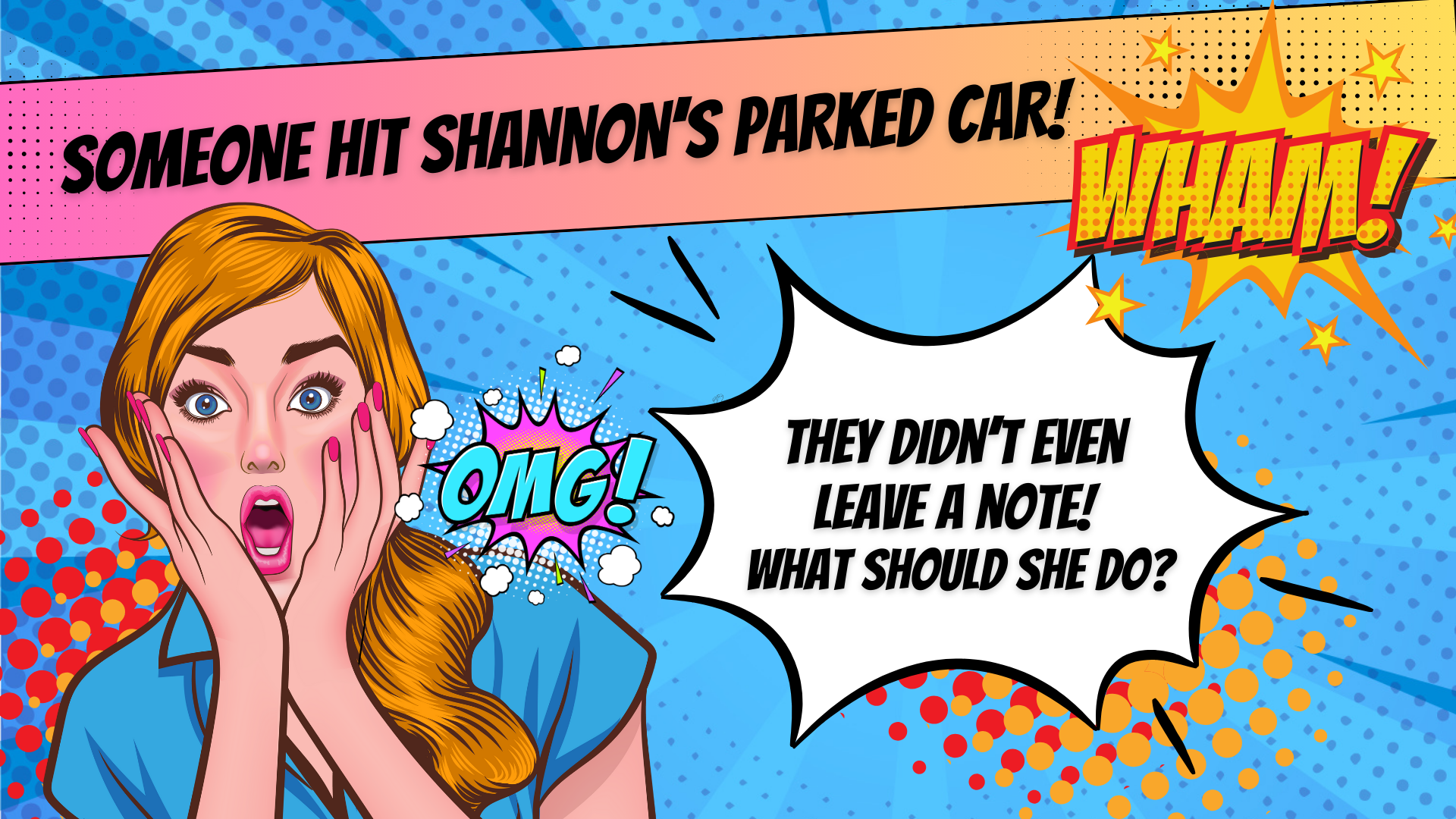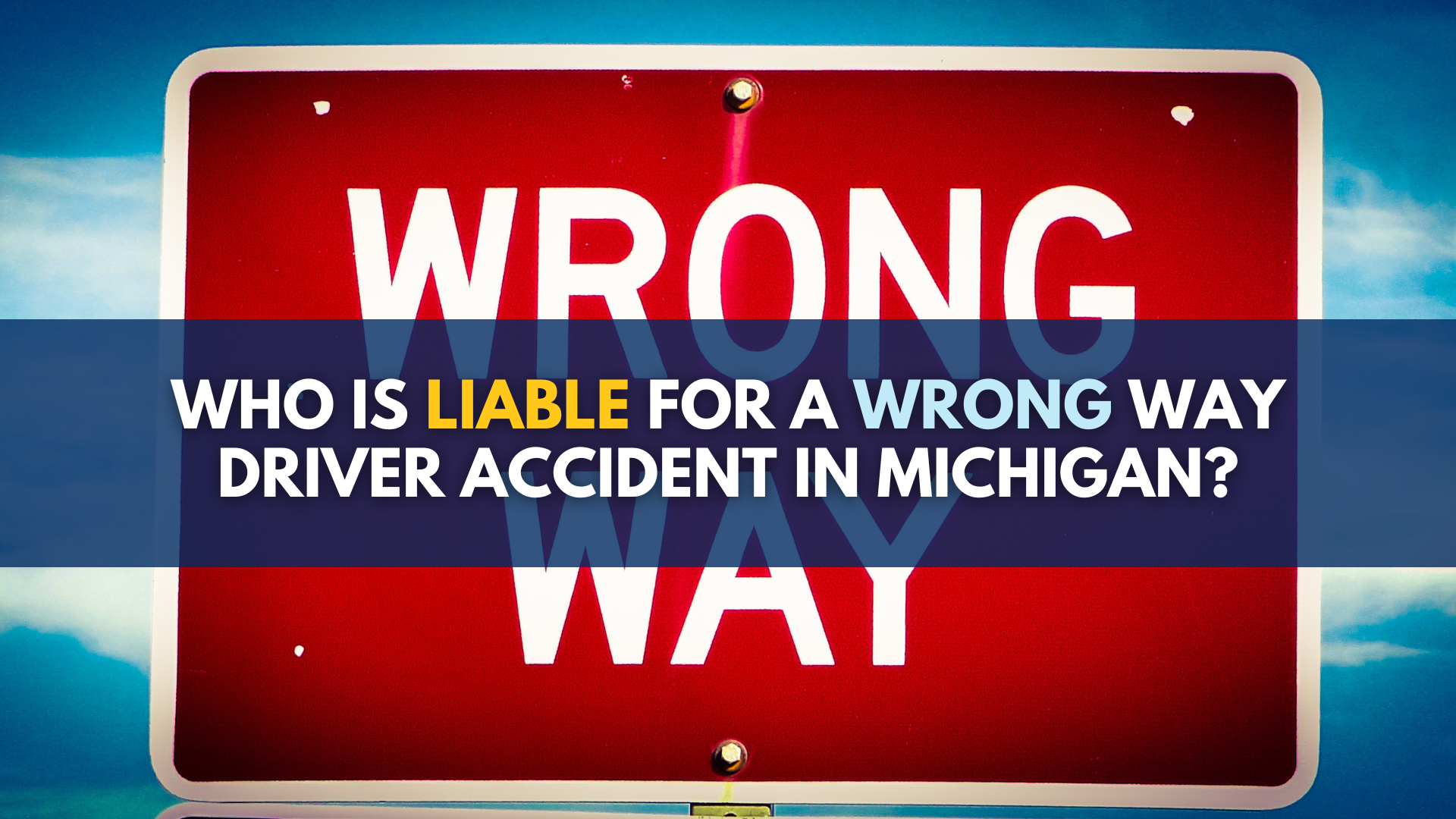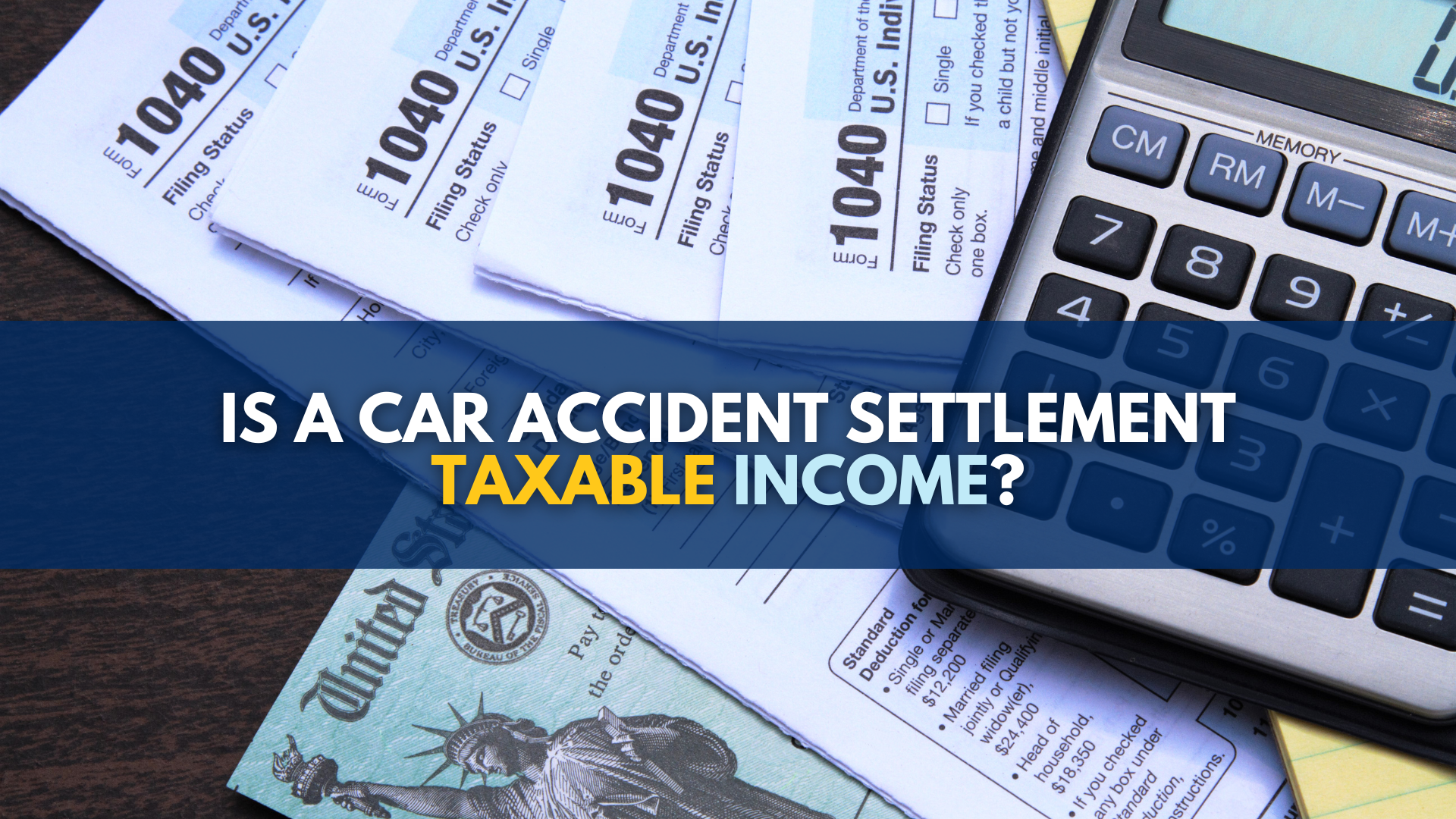U.S. DOT traffic safety agency takes ground-breaking step by issuing policy statement and recommendations for “testing of self-driving vehicles”

And it is time. Just last week, I wrote about the vacuum that exists today among the various states. Those states that have begun to address driverless cars, such as Michigan, California, Nevada, and Florida, have largely avoided certain issues that need to be addressed, such as creating a workable system for tort liability settlements while still protecting this promising industry and not interfering with its adoption and development. The issue of uniform minimum safety standards as this technology grows is also vital, yet has been absent. With the NHTSA stepping in, that may now change.
The NHTSA has issued a first-of-its-kind “Preliminary Statement of Policy Concerning Automated Vehicles,” which outlines both NHTSA’s “Research Plan for Automated Vehicles” and its “Recommendations Concerning State Activities Related to Self-Driving Vehicles,” which covers “testing, licensing and regulation of ‘autonomous’ or ‘self-driving’ vehicles.”
In the press release announcing NHTSA’s new policy statement, the U.S. Department of Transportation Secretary Ray LaHood stated:
“Whether we’re talking about automated features in cars today or fully automated vehicles of the future, our top priority is to ensure these vehicles – and their occupants – are safe. … Our research covers all levels of automation, including advances like automatic braking that may save lives in the near term, while the recommendations to states help them better oversee self-driving vehicle development, which holds promising long-term safety benefits.”
The press release also explained that “Self-driving vehicles are those in which operation of the vehicle occurs without direct driver input to control the steering, acceleration, and braking and are designed so that the driver is not expected to constantly monitor the roadway while operating in self-driving mode.”
In addition to discussing NHTSA’s research and recommendations, the agency’s policy statement (which is accessible through the press release) addresses the safety benefits of “self-driving” vehicles as well as the different “levels” of self-driving or autonomous vehicles.
Research on driverless cars
According to its policy statement, NHTSA “has identified three key areas where it has begun or plans to conduct research for … more advanced automated vehicle systems. These areas are human factors research, development of system performance requirements, and addressing electronic control system safety.”
Recommendations on self driving cars
In its policy statement, NHTSA outlined its recommendations for:
- Licensing Drivers to Operate Self-Driving Vehicles for Testing
- State Regulations Governing Testing of Self-Driving Vehicles
- Basic Principles for Testing of Self-Driving Vehicles; and,
- Regulations Governing the Operation of Self-Driving Vehicles for Purposes Other than Testing.
With respect to the last recommendation, NHTSA reiterated a point it had made earlier in the “Recommendations” portion of its policy statement: NHTSA “does not recommend that states authorize the operation of self-driving vehicles for purposes other than testing at this time.”
Aware that states may not follow its recommendations, NHTSA added the following caveat:
“Should a state nevertheless decide to permit such non-testing operation of self-driving vehicles, at a minimum the state should require that a properly licensed driver (i.e., one licensed to drive self-driving vehicles) be seated in the driver’s seat and be available at all times in order to operate the vehicle in situations in which the automated technology is not able to safely control the vehicle.”
Benefits of driverless cars
NHTSA explains that the following benefits can be the expected result of the “automated vehicles” technologies that are currently being worked on and those that will be developed in the future:
- “[E]liminating a large number of vehicle crashes.”
- Conserving fuel and reducing fuel consumption.
- Reducing greenhouse gas emissions.
- “Mobility for those with a range of disabilities will be greatly enhanced …”
- “[S]ignificant new opportunities for investments in the underlying technologies and employment in the various industries that develop, manufacture, and maintain them.”
Levels of vehicle automation
NHTSA breaks down the “range of vehicle automation” into the following categories:
- No automation: The driver is in complete control of the vehicle.
- Function-specific automation: The driver has “overall control and is solely responsible for safe operation” of the vehicle, but the driver can cede “limited authority” to the vehicle over certain, specific functions.
- Combined function automation: The driver is in ultimately in control and is responsible for safe operation of the vehicle, but the automation “of at least two primary control functions” renders the driver “disengaged from physically operating the vehicle by having his or her hands off the steering wheel AND foot off pedal at the same time.”
- Limited self-driving automation: “Vehicles at this level of automation enable the driver to cede full control of all safety-critical functions under certain traffic or environmental conditions and in those conditions to rely heavily on the vehicle to monitor for changes in those conditions requiring transition back to driver control.”
- Full self-driving automation: “The vehicle is designed to perform all safety-critical driving functions and monitor roadway conditions for an entire trip. Such a design anticipates that the driver will provide destination or navigation input, but is not expected to be available for control at any time during the trip. This includes both occupied and unoccupied vehicles.”
Related information:


